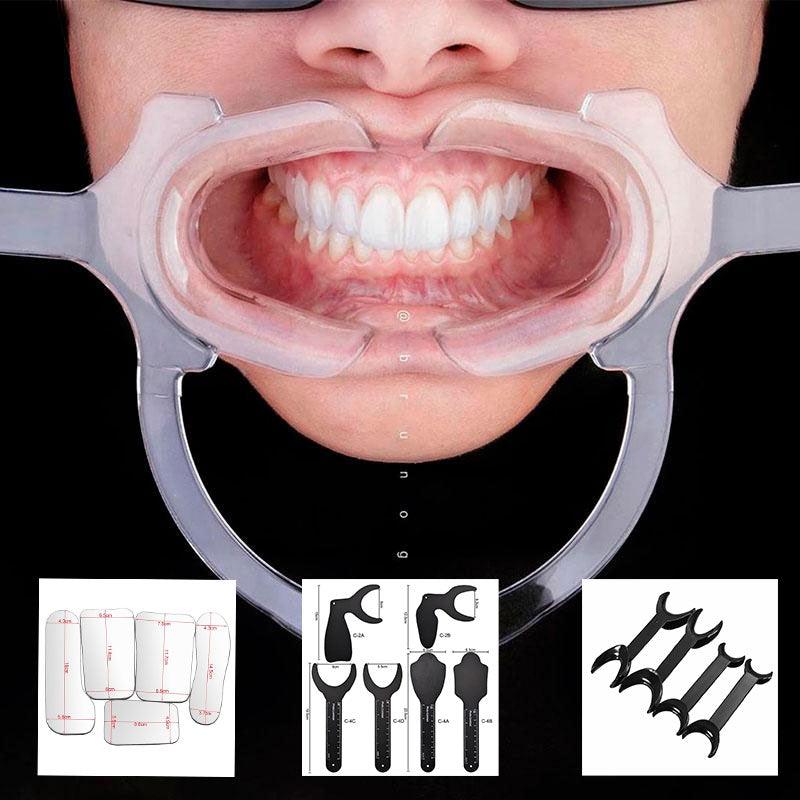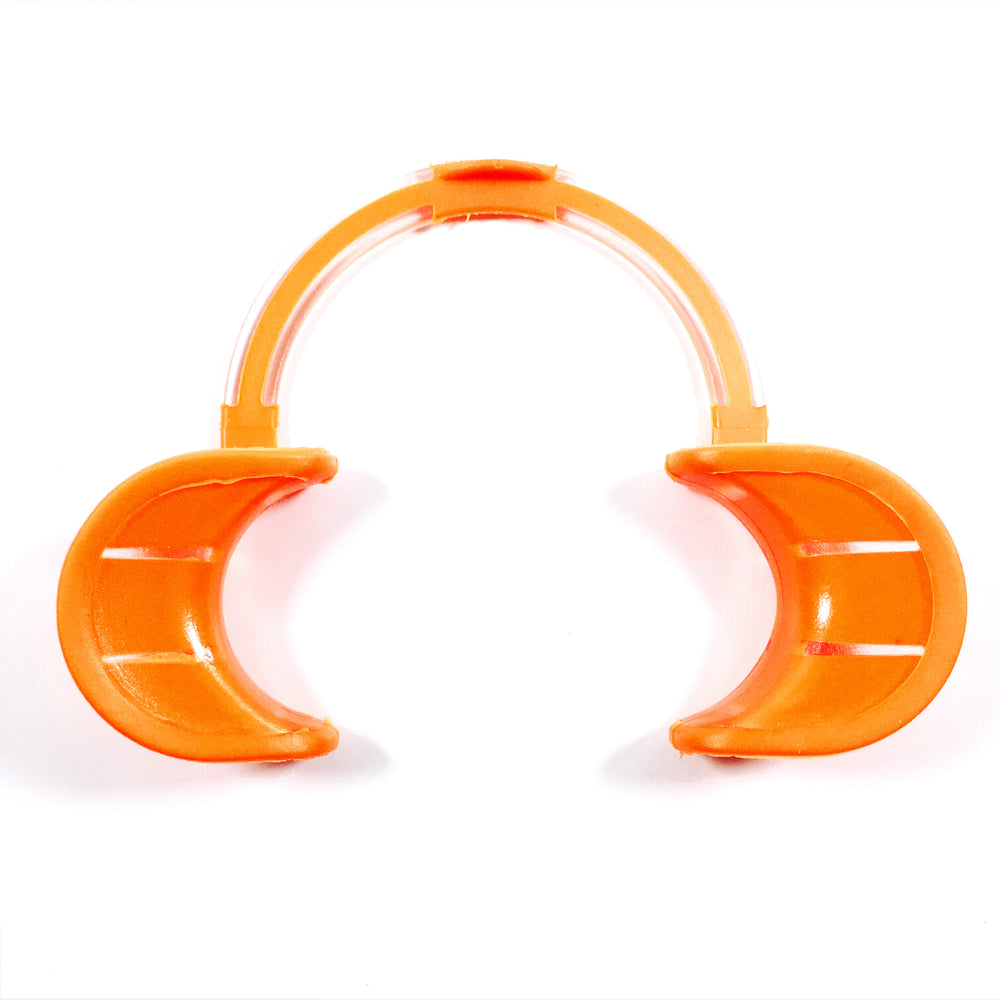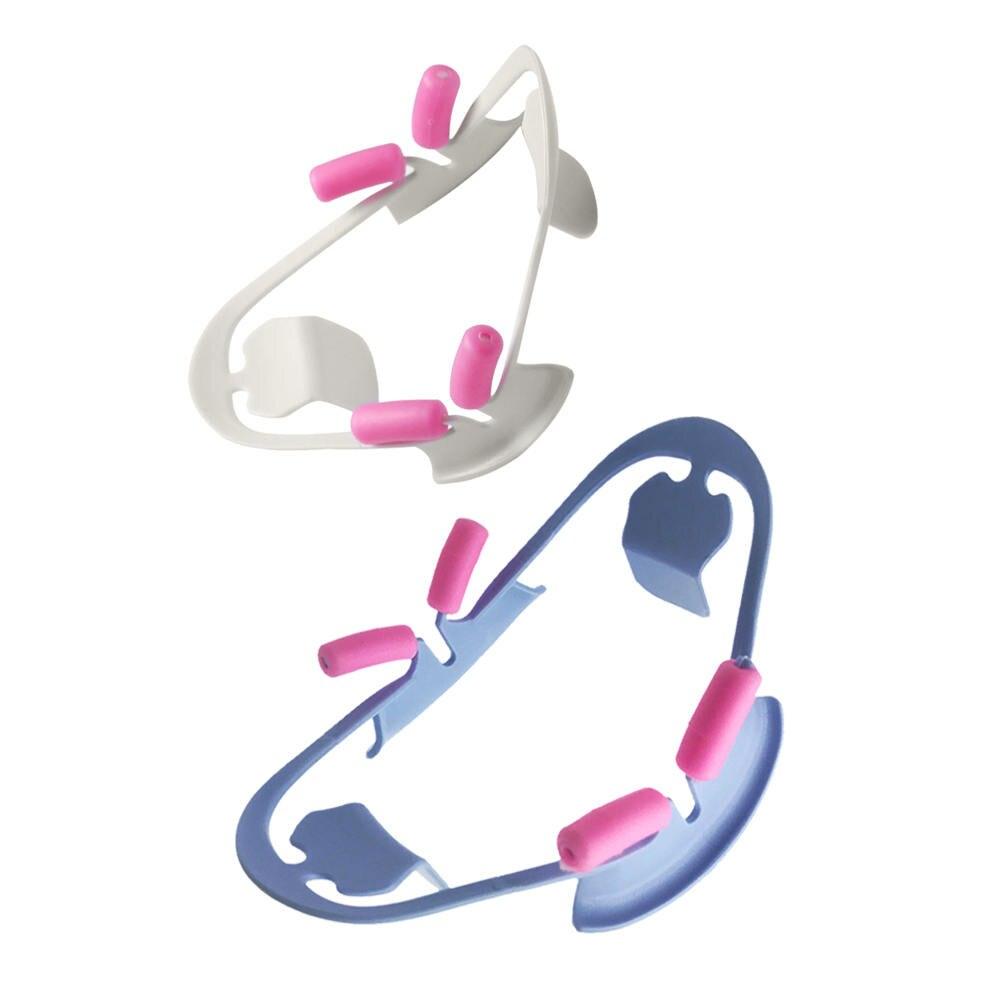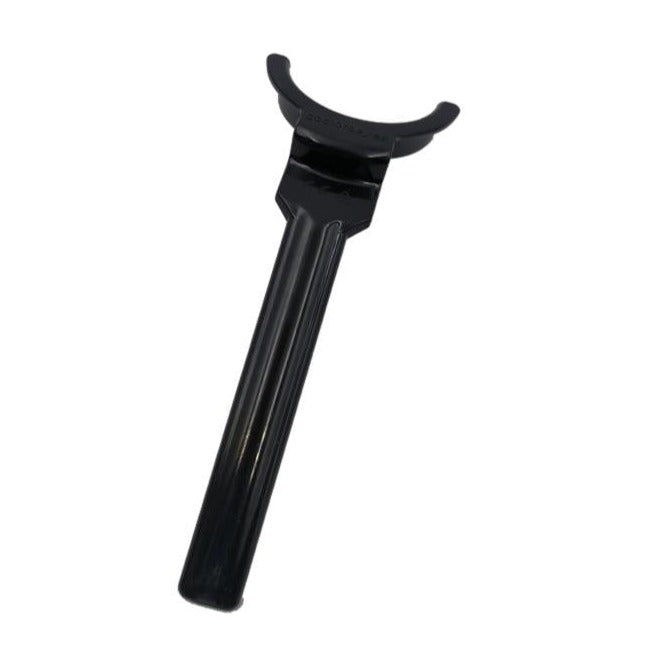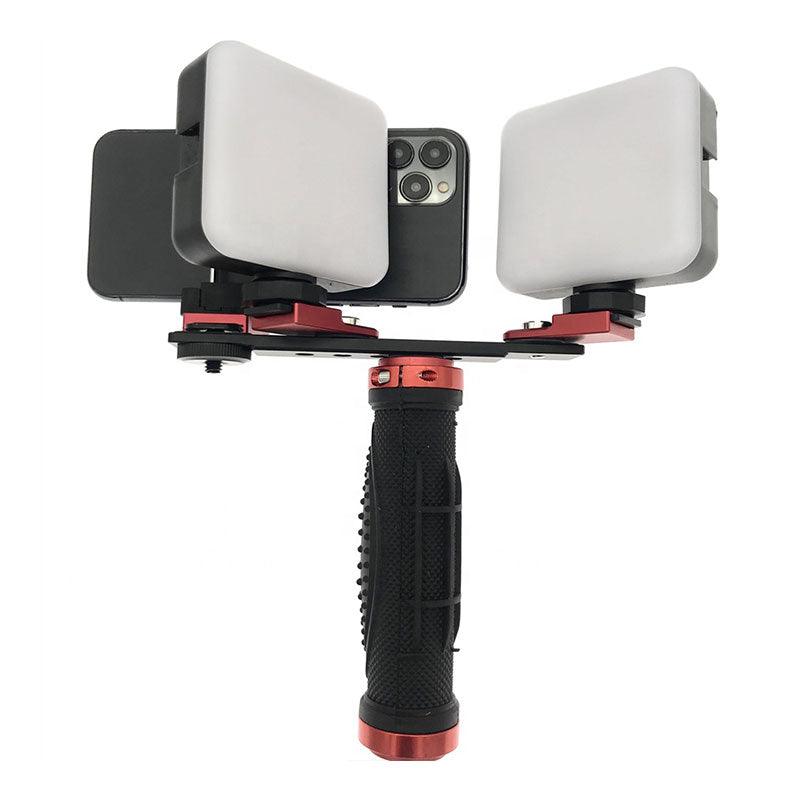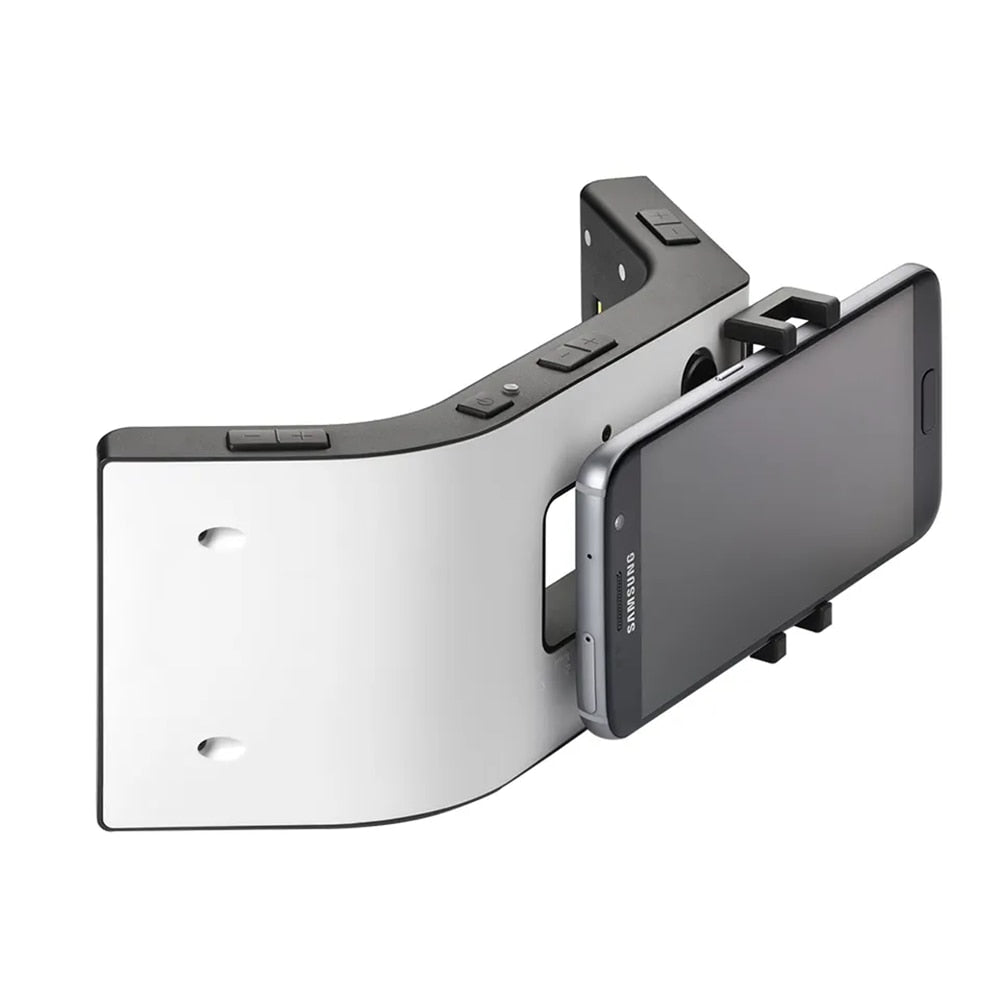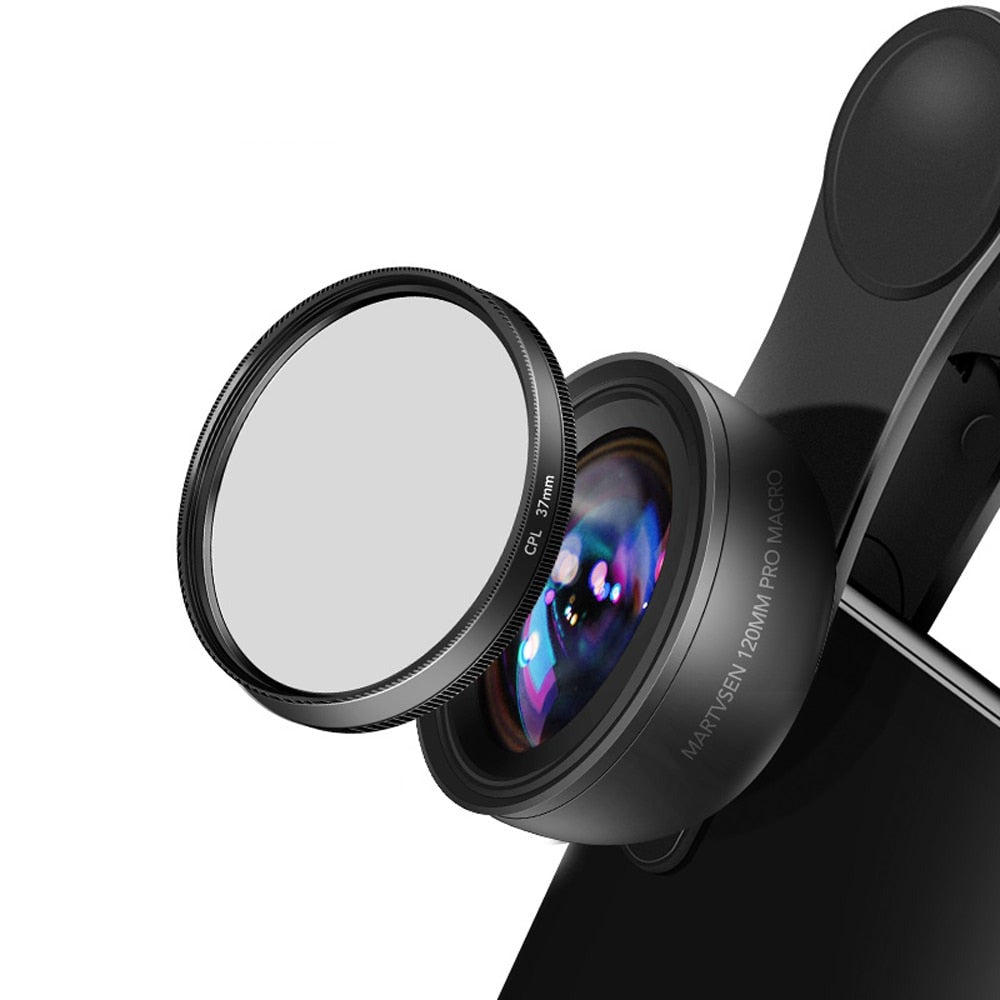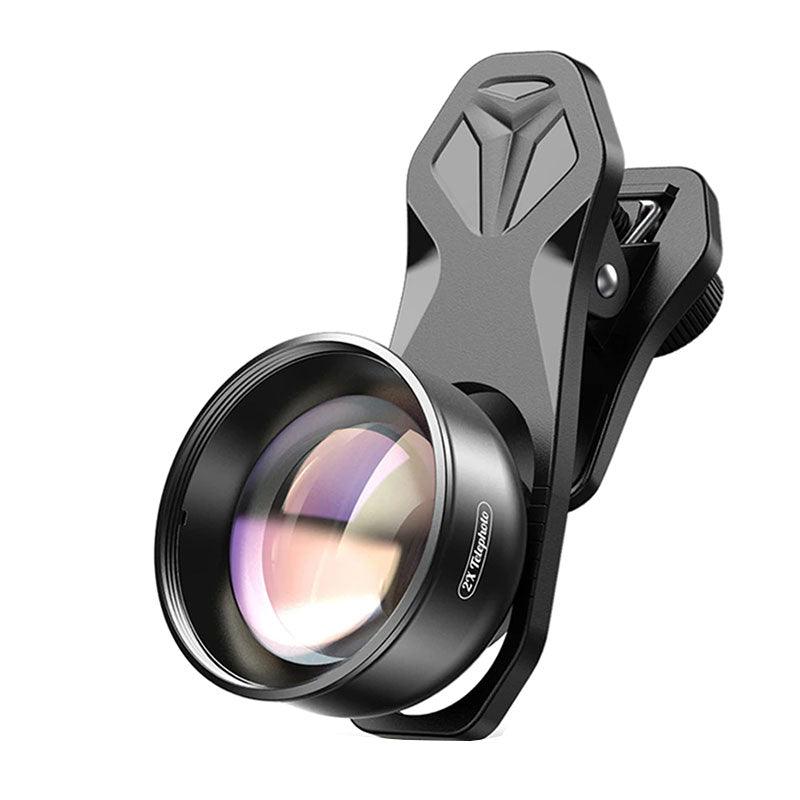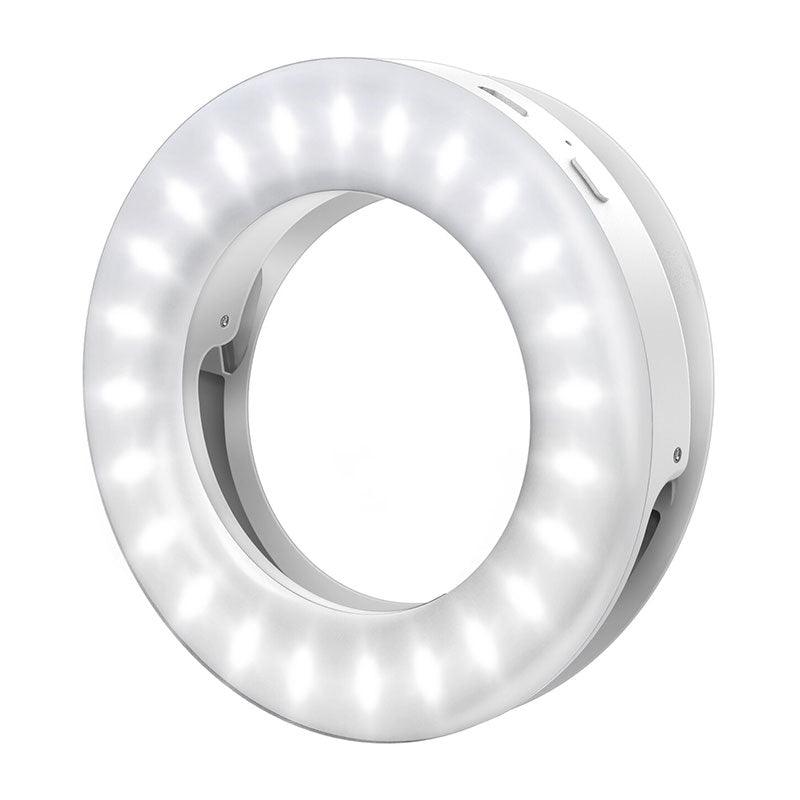In the world of dental photography, the camera sensor plays a pivotal role in capturing clear and detailed images. The choice between full-frame and crop sensors can significantly impact the quality and versatility of your shots. In this article, we'll delve into the intricacies of camera sensors, discussing full-frame and crop sensors, the benefits of APS-C sensors, and offering guidance on choosing the right sensor for your dental photography needs.
Understanding Camera Sensors:
The camera sensor is the light-sensitive chip that captures the image projected through the lens. It's a crucial factor in determining image quality, low-light performance, and depth of field. Two primary types of sensors you'll encounter are full-frame and crop sensors.
Full-Frame Sensor: The Gold Standard of Image Quality
A full-frame sensor is roughly equivalent in size to a 35mm film frame, offering superior image quality due to larger pixels and better light sensitivity. Full-frame sensors excel in low-light conditions, producing less noise and higher dynamic range. This makes them a fantastic choice for dental photography where precision and detail matter.
Crop Sensor: Compact and Versatile
Crop sensors, also known as APS-C sensors, are smaller than full-frame sensors, resulting in a "crop factor." This means the field of view is narrower, effectively magnifying the image. While they may not match the image quality of full-frame sensors, crop sensors offer affordability, portability, and versatile focal length options.
Benefits of APS-C Sensors for Dental Photography:
1. Cost-Effective.
Cameras with APS-C sensors tend to be more budget-friendly, making them an excellent choice for those starting in dental photography.
2. Versatility.
The crop factor of APS-C sensors provides an effective zoom, making them ideal for both close-up shots of dental procedures and wider shots of the dental environment.
3. Compactness.
Cameras with APS-C sensors are often more compact and lightweight, allowing for easier portability and maneuverability during dental photography sessions.
Choosing the Right Sensor:
Selecting the appropriate sensor for your dental photography depends on your specific requirements, budget, and shooting style. Here are some factors to consider:
1. Image Quality.
If uncompromising image quality and superior low-light performance are paramount, a full-frame sensor is the way to go.
2. Budget.
If cost is a significant factor, APS-C sensors offer a more affordable entry point into dental photography without sacrificing too much quality.
3. Versatility.
APS-C sensors provide a versatile range of focal lengths due to the crop factor, making them suitable for capturing both close-ups and broader scenes.
4. Portability.
If you prioritize portability and ease of use, cameras with APS-C sensors are generally more compact and lightweight, making them convenient for on-the-go dental photography.
Life Hacks for Sensor Selection:
1. Rent and Try.
If you're uncertain, consider renting cameras with different sensors to test their performance and suitability for dental photography.
2. Lens Compatibility.
Research the availability of lenses compatible with your chosen sensor type to ensure a wide range of options.
Camera sensors hold the key to achieving exceptional dental photographs. While full-frame sensors offer unmatched image quality and low-light performance, APS-C sensors provide affordability, versatility, and compactness. By understanding the nuances of both sensor types and considering your specific needs, you can make an informed choice that aligns with your dental photography goals. Remember, the right sensor empowers you to capture dental procedures and patient interactions with precision, clarity, and artistic finesse.




